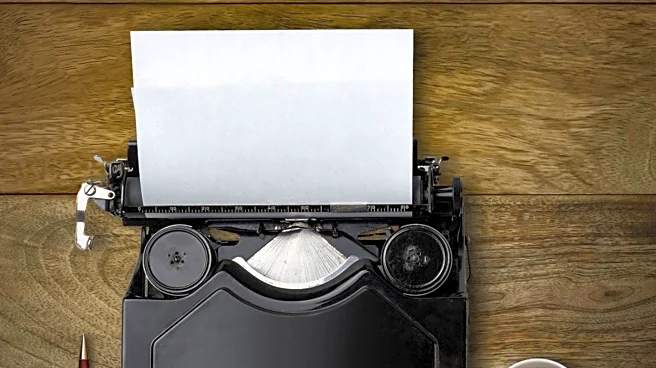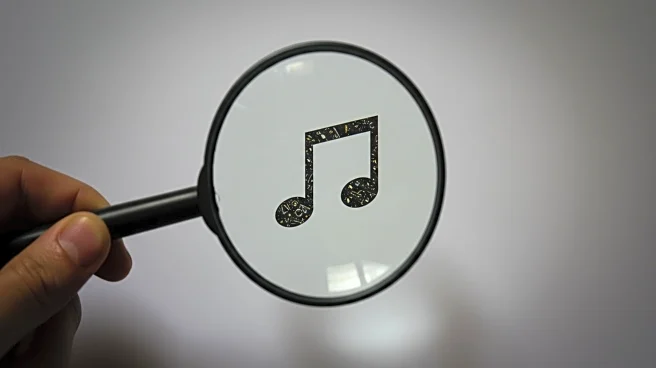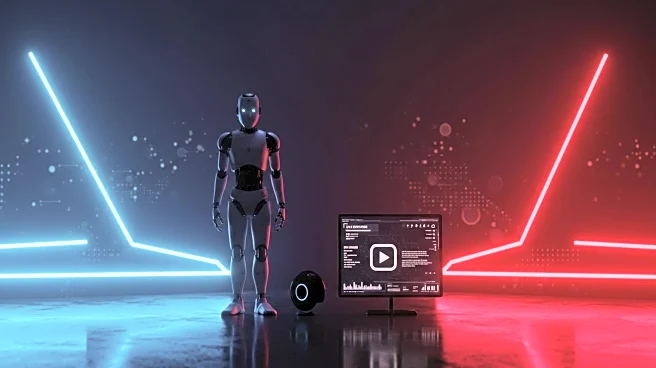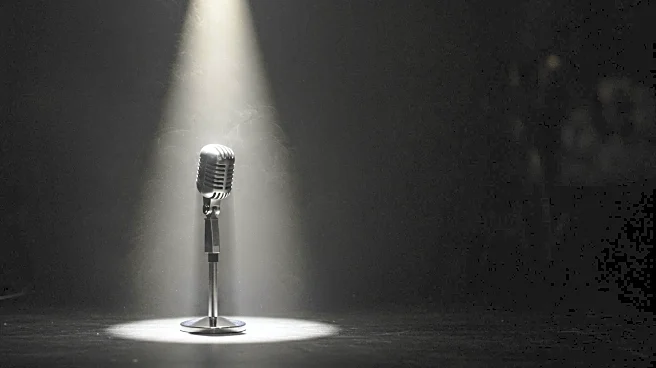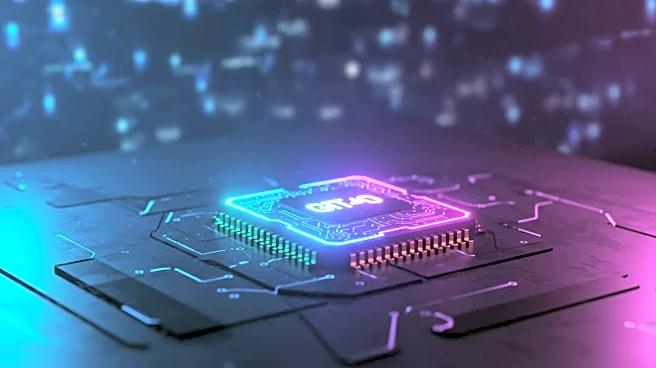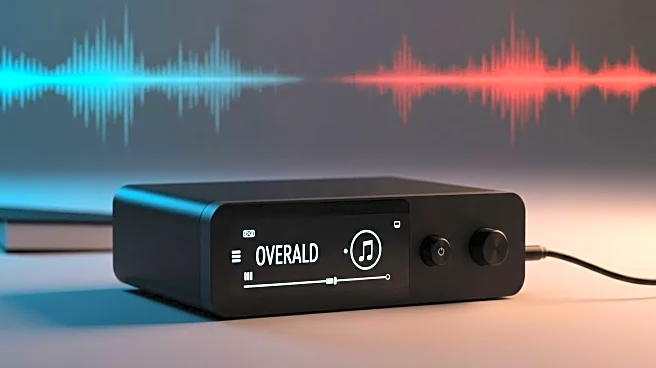What's Happening?
Grammar expert Mignon Fogarty, known for her podcast 'Grammar Girl’s Quick and Dirty Tips for Better Writing,' has addressed a persistent myth regarding the use of em dashes in writing. The myth suggests that the presence of em dashes in a text indicates it was written by artificial intelligence (AI). Fogarty, who has been debunking grammar myths for nearly two decades, investigated the origins of this belief and traced it back to a popular podcast video that referred to em dashes as 'the ChatGPT hyphen.' This video garnered approximately 2.5 million views, spreading the misconception widely. Fogarty clarifies that em dashes are not indicative of AI writing, as AI tools are trained on human writing, which naturally includes em dashes.
Why It's Important?
The debunking of this myth is significant as it addresses the broader issue of misinformation in the digital age. The rapid spread of false information can lead to misunderstandings about technology and its capabilities. In this case, the myth could contribute to unwarranted skepticism towards AI-generated content and misinterpretations of human writing styles. By clarifying that em dashes are a common feature in human writing, Fogarty helps preserve the integrity of both AI and human authorship. This clarification is crucial for educators, writers, and readers who may rely on accurate assessments of writing authenticity.
What's Next?
As misinformation continues to circulate online, it is likely that other myths about AI and writing will emerge. Stakeholders in education and technology may need to develop strategies to combat such myths and promote digital literacy. This could involve creating educational resources that explain how AI writing tools function and how to critically evaluate written content. Additionally, platforms hosting content that spreads misinformation might consider implementing more robust fact-checking measures to prevent the dissemination of false claims.
Beyond the Headlines
The persistence of this myth highlights the challenges of distinguishing between human and AI-generated content. As AI technology advances, the lines between human and machine authorship may blur further, raising ethical questions about authorship and originality. This situation underscores the need for ongoing dialogue about the role of AI in creative and professional writing, as well as the development of tools to accurately identify AI-generated content without relying on superficial indicators like punctuation.



